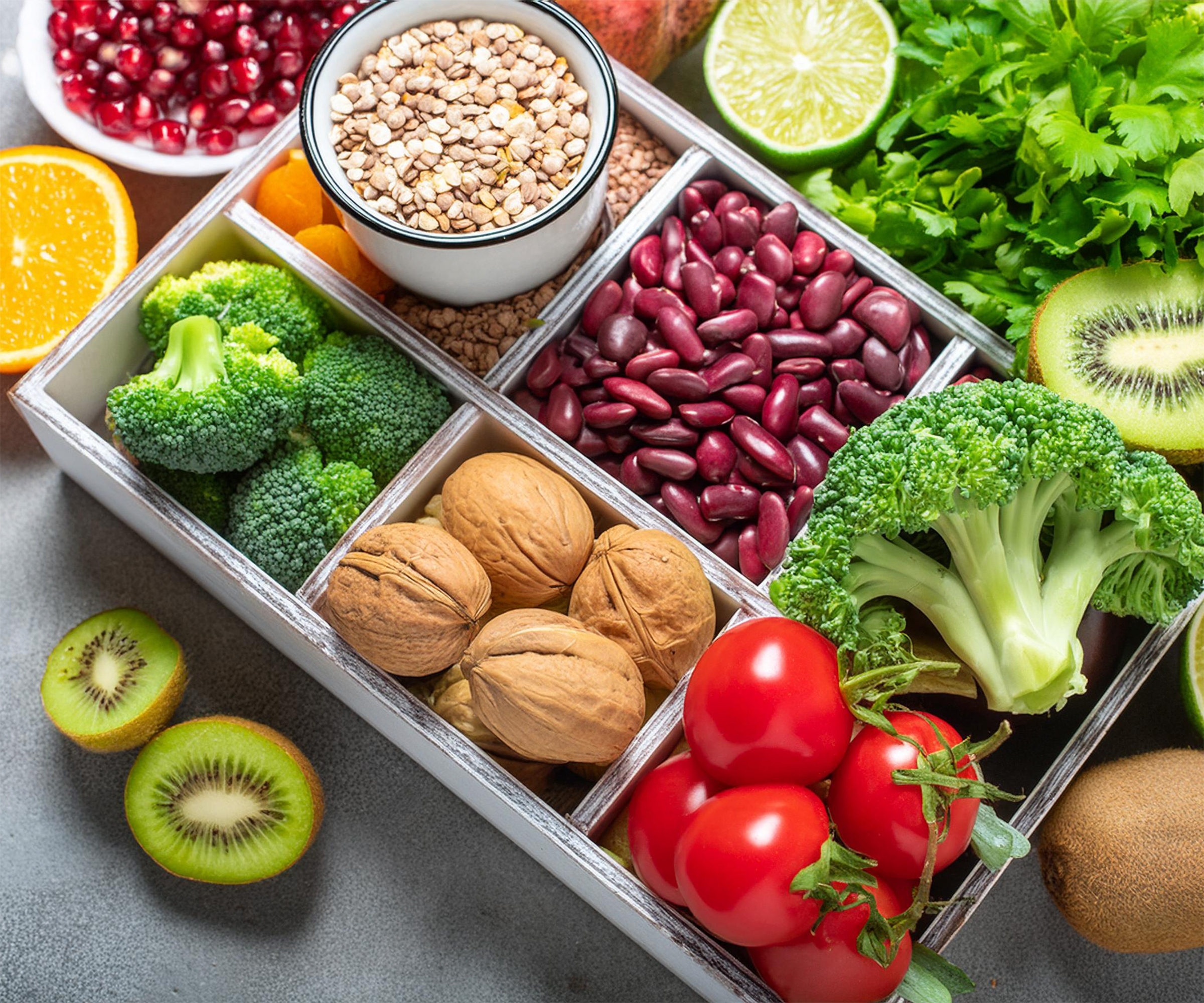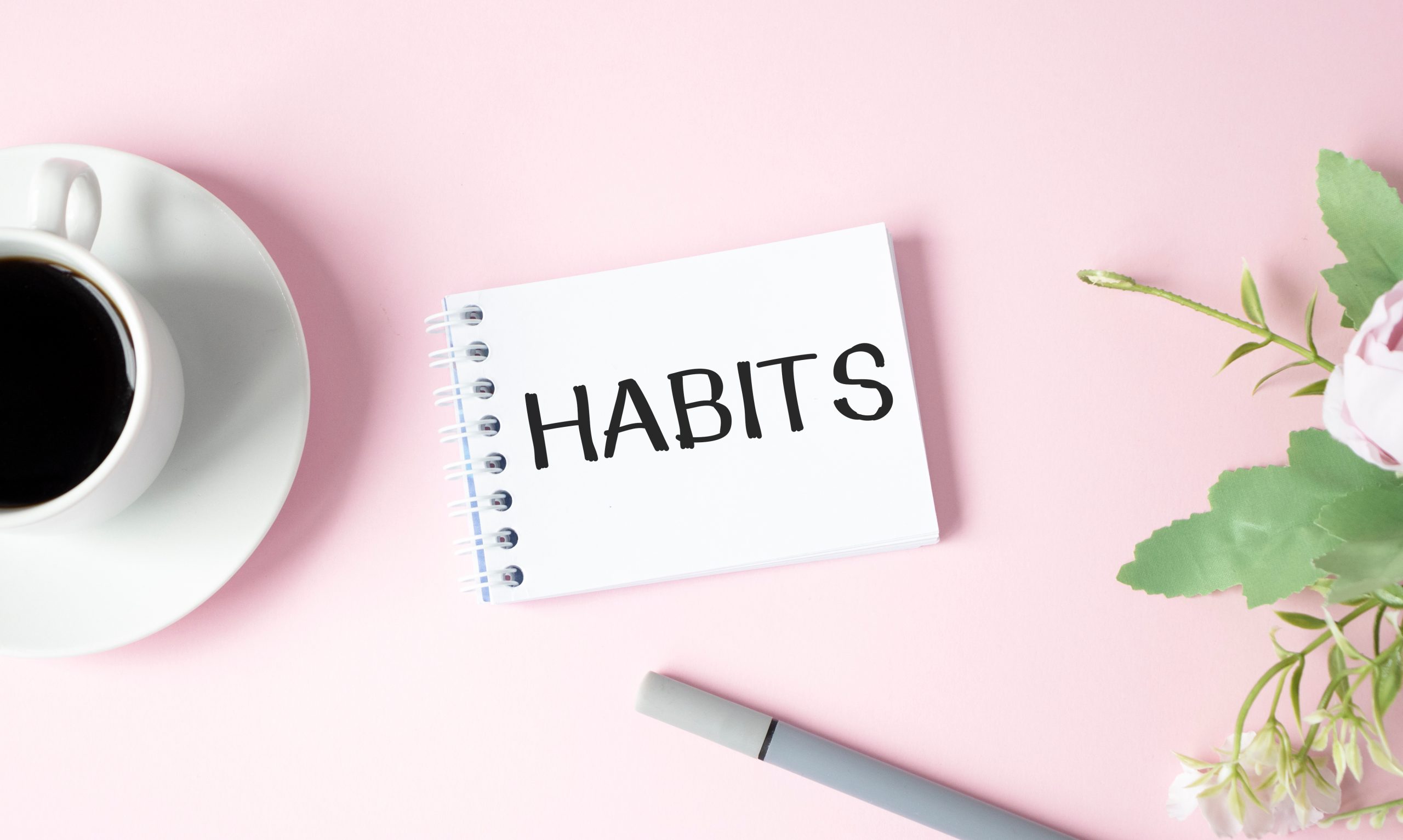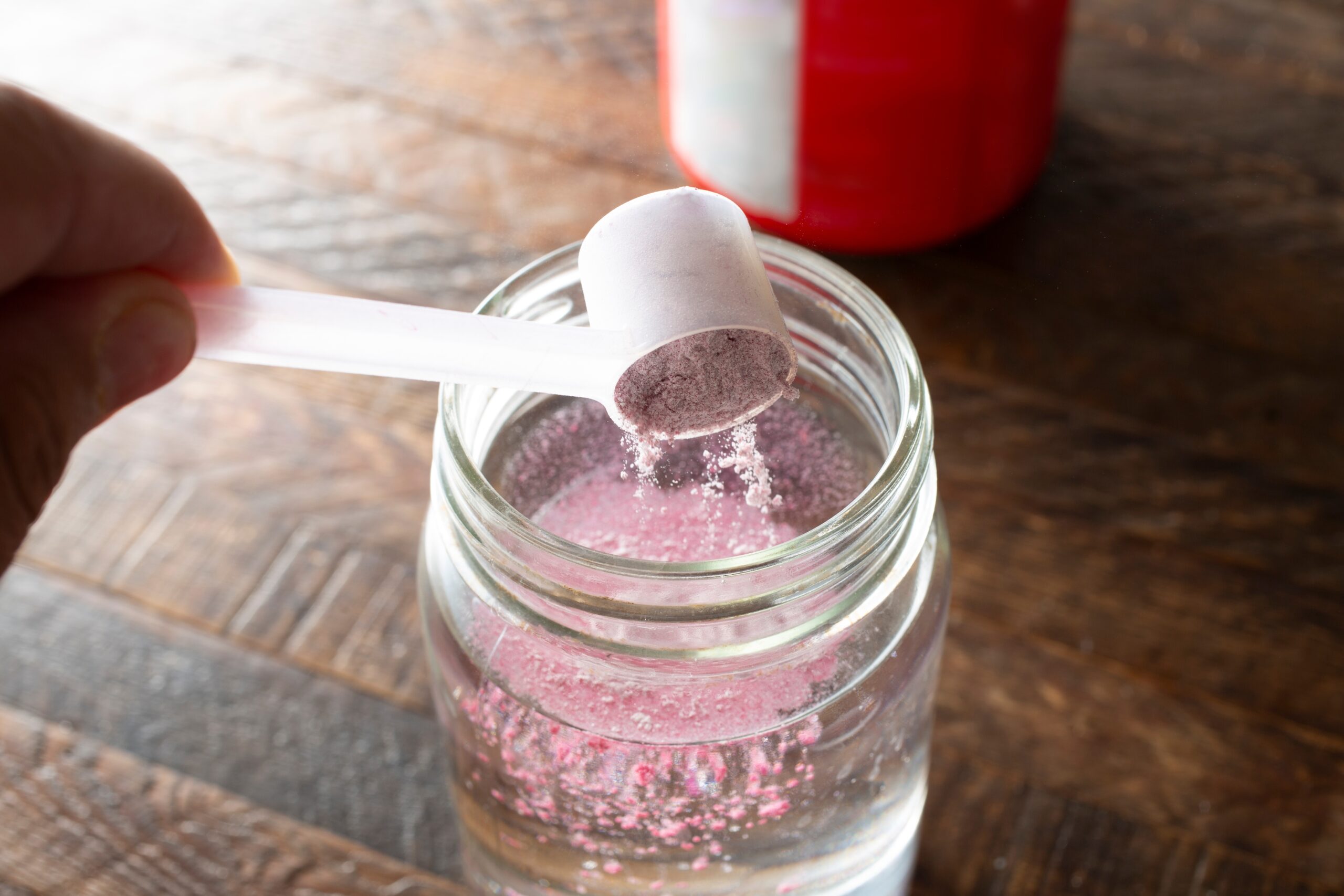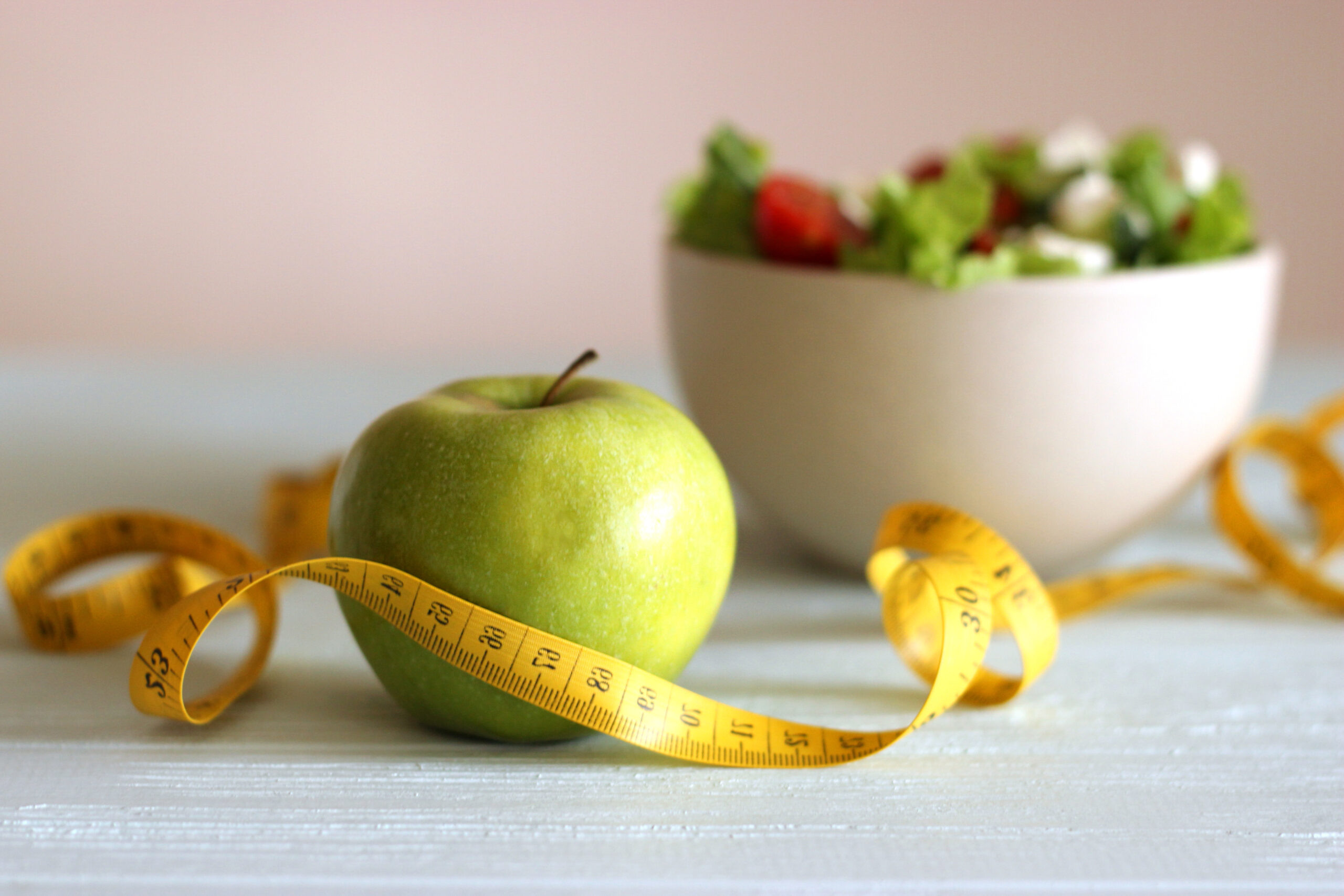The quiet revolution sweeping through American kitchens isn’t about protein or carbs—it’s about a single word that’s suddenly everywhere: fibermaxxing.
Story Snapshot
- Fibermaxxing is the new nutrition movement making dietary fiber the star of every meal.
- The buzzword began as a niche internet trend but is now influencing mainstream dietary habits.
- Proponents claim it unlocks surprising benefits for gut health, weight management, and even mood.
- Doctors warn that too much fiber too fast can backfire—leaving late adopters to wonder how much is enough and how much is too much.
Fibermaxxing: The Internet Diet Trend You Can’t Ignore
Fibermaxxing—yes, you read that right—has become the rallying cry for everyone from TikTok wellness gurus to quietly competitive dads at backyard barbecues. At its core, fibermaxxing means deliberately ramping up dietary fiber intake, often far beyond the standard doctor’s orders. The rationale? Increasing fiber is linked to lower cholesterol, improved digestion, and a host of metabolic perks. But this trend isn’t just about swapping white bread for whole grains; it’s about a full-blown obsession with fiber counts, label reading, and the hunt for the next great gut-boosting food.
Watch: What is Fibermaxxing? Experts Break Down the Benefits and Risks
The Science: Not All Fiber Is Created Equal
Dietary fiber comes in two forms: soluble and insoluble. Soluble fiber, found in oats, beans, and some fruits, dissolves in water and helps lower cholesterol. Insoluble fiber, abundant in whole grains and many vegetables, adds bulk to stool and keeps bowels moving efficiently. While research confirms fiber’s key role in digestive and heart health, scientists caution that benefits plateau and even reverse with extreme intake, sometimes leading to bloating, gas, or nutrient malabsorption for the overzealous.
Gut health is the trend’s secret sauce. The human microbiome—trillions of bacteria living in your intestines—thrives on dietary fiber. As fiber ferments in the gut, it produces short-chain fatty acids that nurture gut lining, reduce inflammation, and may even influence mood and immunity. Fibermaxxing, therefore, is as much about feeding your “good” bacteria as it is about regularity or cholesterol.
Fibermaxxing in Practice: Triumphs and Pitfalls
People embracing fibermaxxing report a wide range of experiences. Some say they feel lighter, more energetic, and less prone to mindless snacking. Others, lured by the promise of quick gut health fixes, discover the hard way that doubling or tripling fiber overnight can cause impressive discomfort. The digestive tract needs time—and plenty of water—to adjust to higher fiber levels.
Food manufacturers are cashing in, launching high-fiber products and supplements with bold labels promising “21 grams per serving.” Nutritionists, though, still recommend whole foods—vegetables, fruits, legumes, and whole grains—over processed bars or powders. For some, fibermaxxing becomes a slippery slope into orthorexia, the unhealthy obsession with “perfect” eating. For others, it’s a sustainable strategy that redefines what a healthy plate looks like.
Fibermaxxing: Fad or the Future of American Eating?
Fibermaxxing sits at the crossroads of nutrition science and internet culture. Skeptics dismiss it as another fleeting hashtag, but the focus on gut health and real food diversity shows staying power. The trend’s greatest lesson may be its emphasis on addition rather than elimination—a refreshing counterpoint to the deprivation narratives of past diets. The question now: Will Americans stick to their fiber guns or fall back into old habits once the novelty wears off? Only time, and perhaps a few more bathroom breaks, will tell.
Sources:
WebMD: Compare Dietary Fibers
https://www.mskcc.org/news/fiber-and-cancer-risk








